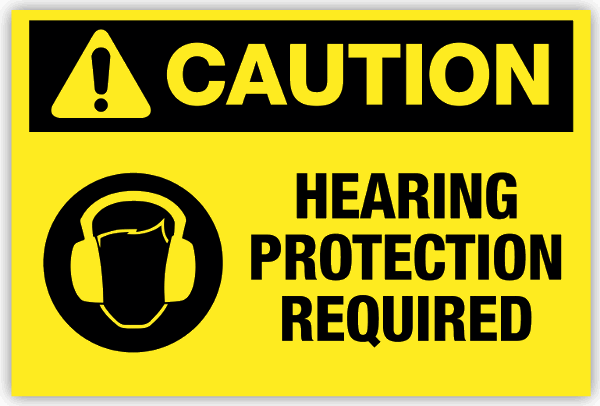STC stands for ”Sound Transmission Class.” This is a single-number rating that is used for comparing the acoustical isolation that different barrier materials can provide. Unfortunately, the process used to determine the ‘official’ STC of a material is a lot more complex than that single number might suggest. Just know that a material’s ability to block sound is measured at several frequencies in the middle range of human hearing, and some performance variation at different frequencies is allowed for, because no material blocks sound identical at all frequencies.
Caveat Emptor: Many people (even builders and architects) don’t understand the limited utility of the STC figure. The STC standard was designed around human speech. It does not consider isolation performance at low or high frequencies. Sounds containing bass, such as music, movies, traffic noise, rumbling ductwork, etc can often pass through a wall far easier than its STC rating might suggest.
So having said all of that, what does STC mean to me? How can a scientifically derived number convey what something sounds like? Well, that’s much like describing a flavor or a feeling with a number. However, we can present some typical STCs and their general subjective ratings. As everyone’s ears and perceptions are different, your mileage may vary!
STC 25-35 – Conversation can generally be heard and understood through a material/partition. Uses: keep critters out. Examples: a typical un-insulated interior stud wall, or a cheap hollow-core bedroom door; Office and residential walls that people lament to be “paper thin”.
STC 35-45 – Conversation on the other side can be heard, but not understood. Uses: separation of rooms for minimal privacy. Examples: Interior wall with insulation, or a typical exterior residential door.
STC 45-55 – Normal conversation can’t be heard. Louder sources (yelling, Stereo, musical instruments, machinery) may still be heard. Uses: premium-grade bedroom and residential walls, separation of school rooms, walls between apartments. Examples: Staggered stud construction; walls with the resilient channel to de-couple drywall from studs; 6’’ sealed concrete block wall.
STC 55-65 – Most noises inaudible. Loud sources may be barely detected, and hard to define. Uses: Recording studios; “serious” cinema and music rooms. Examples: double door studio ”airlocks”; sealed + spaced double walls; very thick poured concrete walls.
STC 65+ – Not found in ‘normal’ life or construction. Uses: highly sensitive laboratory or recording environments. Examples: spaced double walls of sealed concrete; very massive double stud walls spaced several feet, not inches, apart.
More Caveat Emptor: Unless noted otherwise, STCs are laboratory measurements. Real world construction typically has hidden “losses” due to air leaks and other flaws that are avoided in the Lab. Due to these losses, the ”Field Sound Transmission Class” or rarely seen Noise Isolation Class (NIC) is typically 5 – 10 points lower than the laboratory STC for the same construction. If you are the builder, you can mitigate these losses. If relying on others, it’s wise to assume these losses when creating a space to suit your noise isolation needs.
